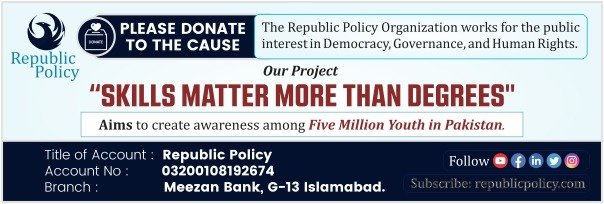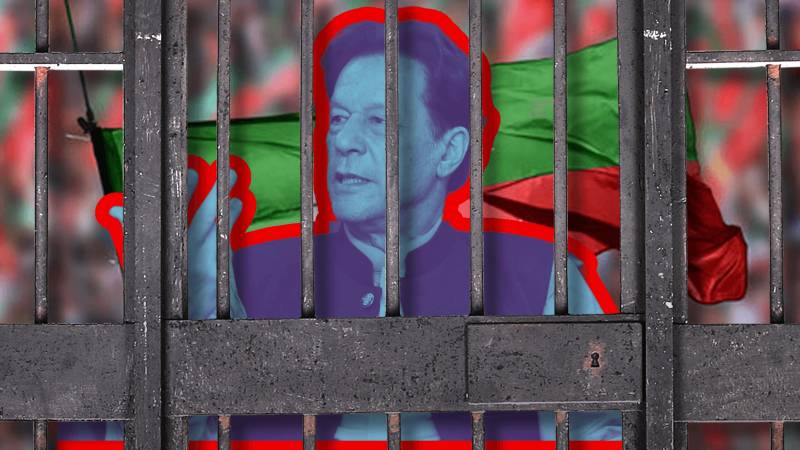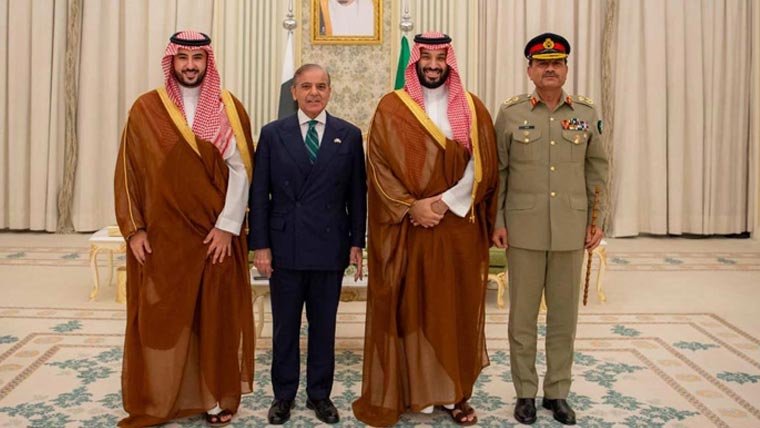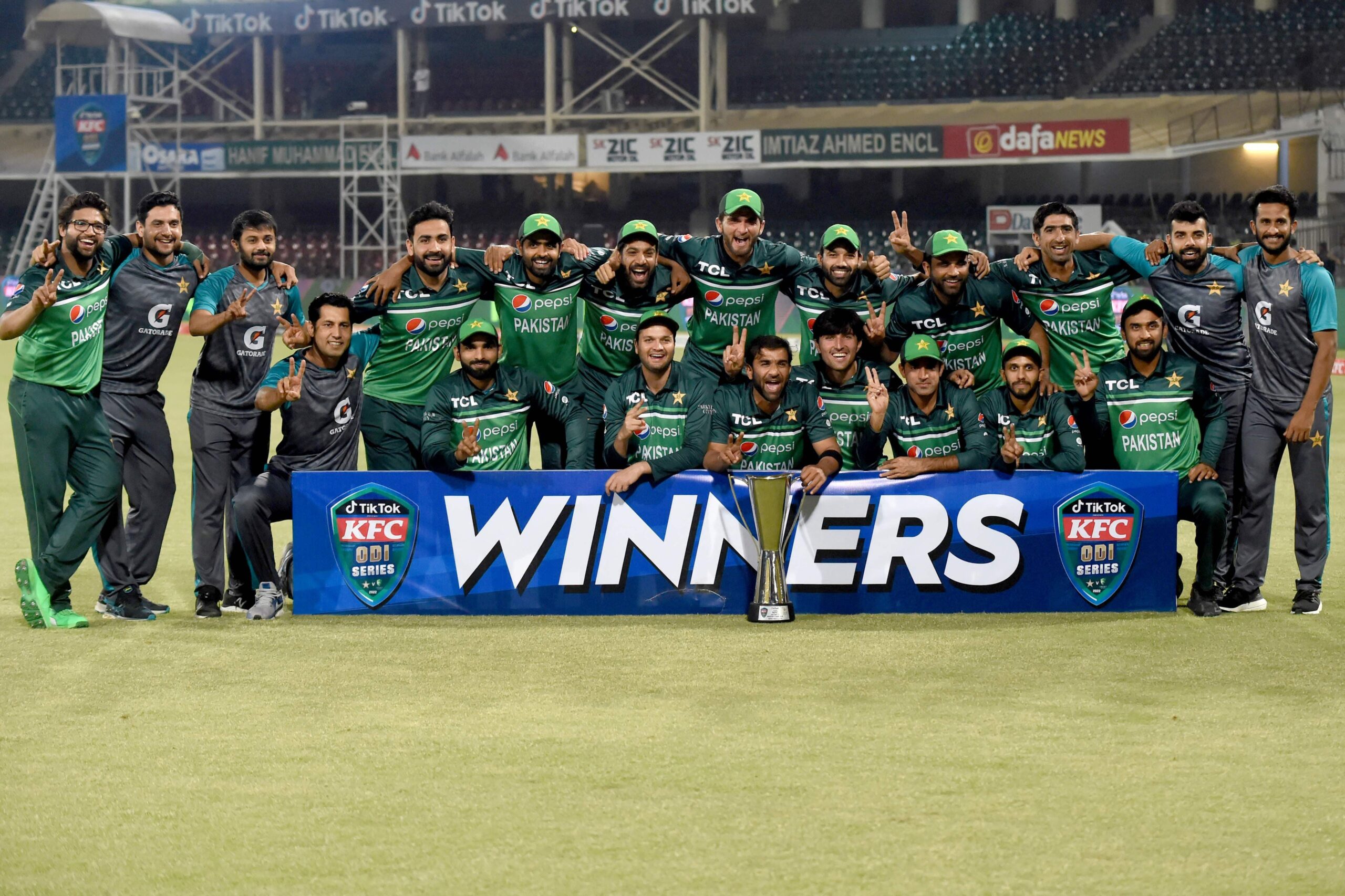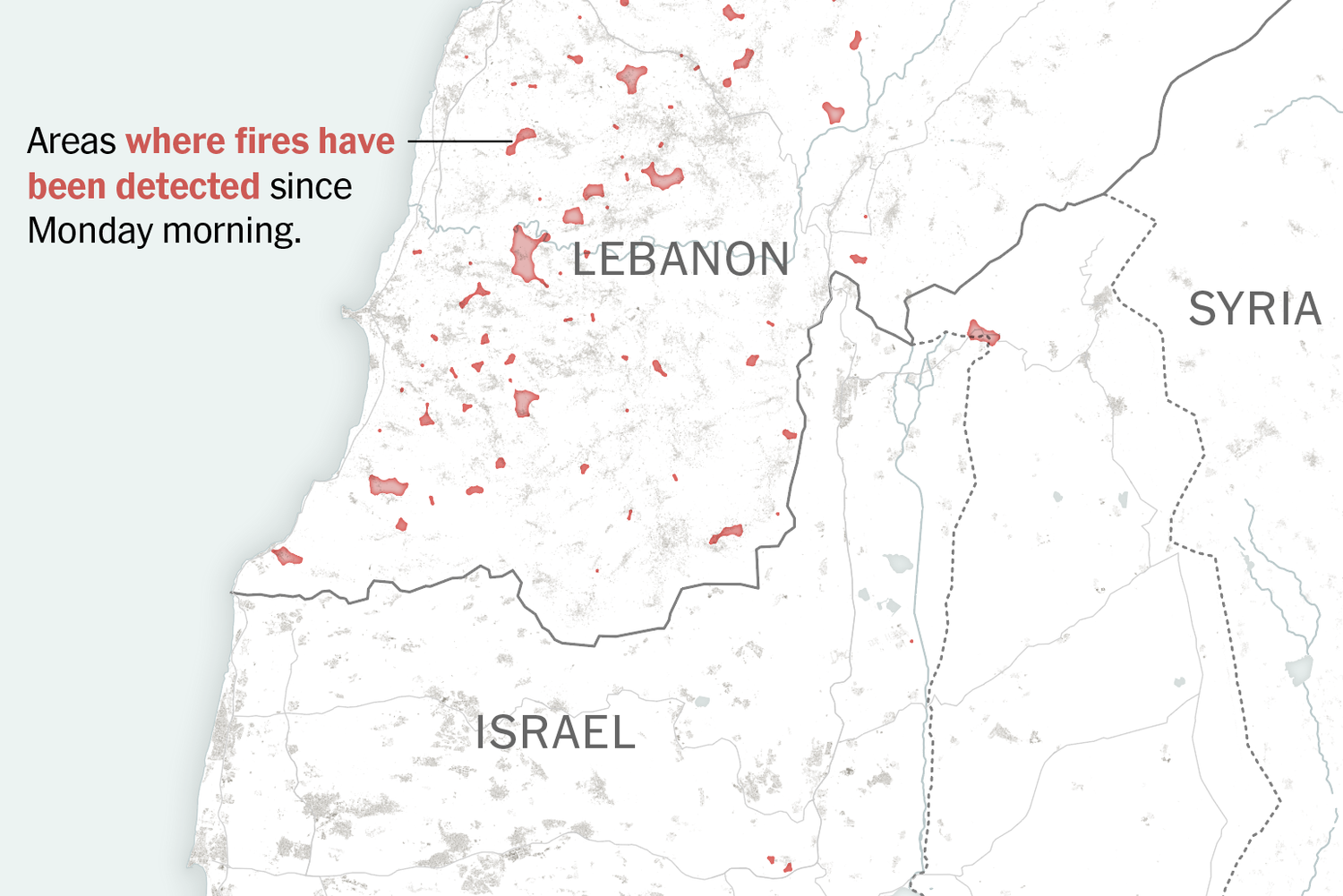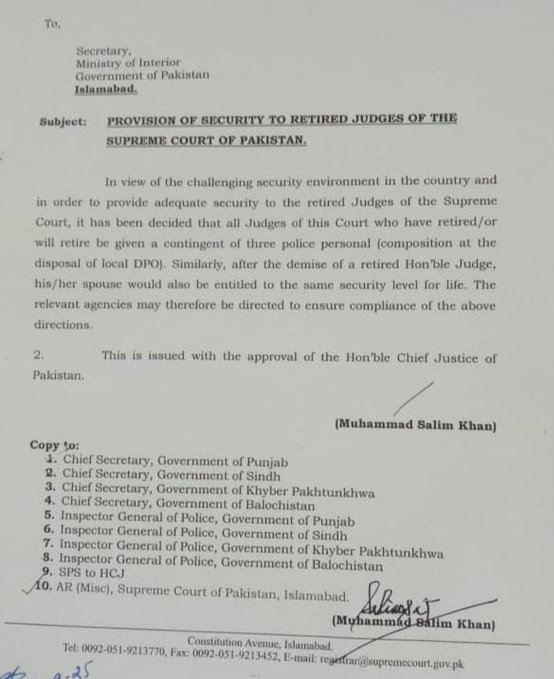Mubashar Nadeem
Imran Khan, the incarcerated leader of Pakistan Tehreek-e-Insaf (PTI), has once again hinted at launching a nationwide protest campaign. In a statement released via his official X (formerly Twitter) account, the former prime minister urged his supporters to “be prepared,” stating that a mass movement would be initiated soon. However, the message lacks specifics—no concrete timeline, no defined goals, and no apparent roadmap for the campaign’s execution.
This vague announcement raises serious questions about PTI’s preparedness and political coherence. Can the upcoming protest movement yield results different from past attempts? More importantly, does PTI still possess the grassroots mobilization power—especially in Punjab, once its stronghold—to sustain meaningful and strategic demonstrations?
The reality appears grim. The PTI today is a fractured political entity, suffering from internal disarray and a visible absence of unified leadership. With Imran Khan behind bars, facing persistent legal troubles, the party lacks both direction and cohesion. Within the ranks, differing voices offer conflicting interpretations of the party’s position, strategy, and expectations.
Recent statements by party figures only highlight this confusion. PTI President Gohar Ali Khan expressed optimism that Khan might be released before Eidul Azha. In contrast, Aleema Khan dismissed such claims as attempts to pacify the public and discourage protests. Even more telling was her ambiguous offer of a “give-and-take” deal for her brother’s release, which she failed to clarify. Adding to the ambiguity, senior PTI leader Ali Zafar recently stated that Khan is open to dialogue with the establishment, ostensibly in the “larger national interest.”
Such inconsistencies expose a deep strategic vacuum within the party. PTI seems to be floating between two irreconcilable positions: resistance and reconciliation. On one hand, it calls for mass mobilization against the status quo; on the other, it signals willingness to negotiate with the very power centres it previously denounced. This duality undermines the credibility of any protest narrative and confuses the public.
There’s also a conspicuous reluctance within PTI to engage with other political parties, especially those currently in government. This selective willingness to negotiate—talks with the establishment but not with political rivals—suggests that PTI’s dispute is not rooted in democratic or ideological principles. Rather, it appears to be a power struggle aimed at regaining lost political space through extra-parliamentary means.
Such a strategy is not unprecedented in Pakistan’s political landscape. Throughout the country’s history, nearly every major political party has, at one time or another, entered into deals with unelected institutions to gain or retain power. These transactional relationships have routinely undermined democratic development, weakened public institutions, and disrupted political continuity.
Please subscribe to the YouTube channel of republicpolicy.com for quality content:
PTI’s current posturing—oscillating between protest and potential compromise—may be interpreted as a bid to reposition itself favorably within the existing power structure. But this approach carries significant risks. Without a coherent narrative and well-defined goals, any protest movement is unlikely to inspire mass participation or achieve long-term success. Even PTI’s core support base appears fatigued by repeated, ineffective protest calls that lack follow-through.
Moreover, the absence of transparent leadership has weakened the party’s ability to navigate the complex post-incarceration political terrain. The confusion over who speaks for PTI—whether it’s Gohar Khan, Aleema Khan, or Ali Zafar—has reduced its political messaging to a chorus of contradictions. For a party that once prided itself on being a movement for institutional reform and national integrity, this shift towards opportunistic politics is deeply disheartening.
However, all is not lost. The current moment provides an opportunity for introspection—both for PTI and for the broader political class. Politicians must recognize that what’s at stake is more than individual ambitions; it is the democratic future of a nation in crisis. If political actors continue to prioritize backdoor arrangements and selective partnerships over principled engagement, Pakistan will remain trapped in a cycle of instability and institutional decay.
What the country urgently needs is a political consensus on rules of engagement—an agreement that power should only be sought through democratic means and that all parties must be willing to sit at the same table, regardless of ideological or electoral differences. Only then can democratic legitimacy be restored.
In conclusion, Imran Khan’s recent protest call suffers from a lack of clarity, leadership, and strategy. PTI’s internal disunity and ambiguous political messaging not only cast doubt on the viability of the proposed movement but also raise broader concerns about the party’s role in Pakistan’s democratic evolution. Unless PTI recalibrates its political vision and adopts a coherent, inclusive approach, it risks further alienation—both from the electorate and the democratic process it once claimed to champion.


